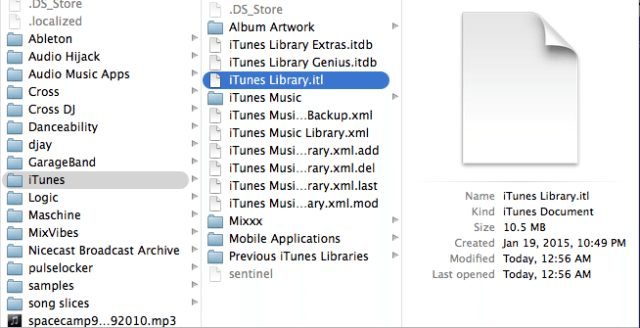

Failure to do so might result in aborted listener client connection attempts, due to initial burst leading to the connection already exceeding the queue-size limit. Ensure that this value is smaller than queue-size, if necessary increase queue-size to be larger than your desired burst-size. This setting applies to all mountpoints unless overridden in the mount settings. The default is 64 kbytes which is a typical size used by most clients so changing burst-size The burst size is the amount of data (in bytes) to burst to a client at connection time. burst-on-connect This option is deprecated, use burst-size instead. Then the source connection will be removed from the server. source-timeout If a connected source does not send any data within this timeout period (in seconds), In general this value should not need to be tweaked. header-timeout The maximum time (in seconds) to wait for a request to come in once the client has made a connection client-timeout This does not seem to be used. Useful if you have a mixture of high bandwidth video and low bitrate audio streams. You can override this in the individual mount settings as well, which can be This will be the default setting for the streams which is If the queue grows larger than this config value, then it is truncated and any listenersįound will be removed from the stream. Lag behind due to network congestion and in this case an internal queue is maintained for the

queue-size This is the maximum size (in bytes) of the stream queue. This includes active relays and source clients. sources Maximum number of connected sources supported by the server. These are max concurrent connections for the entire server (not per mountpoint). fileserved content) and also any requests to Listeners are considered clients,īut so are accesses to any static content (i.e. clients Total number of concurrent clients supported by the server. Only modify this section if you know what you are doing. This section contains server level settings. It is not recommended to use this setting, unless you have very good reasons and know The default is icecast followed by a version number. server-id This optional setting allows for the administrator of the server to override the default All filesĪre served relative to the path specified in the configuration setting.īy default the setting is enabled so that requests for the static files needed by the statusĪnd admin pages, such as images and CSS are retrievable. fileserve This flag turns on the Icecast fileserver from which static files can be served. Usually this will be an email address, but as this can be an arbitrary string it could alsoīe a phone number. admin This should contain contact details for getting in touch with the server administrator. It will be shown e.g on the web interface. Icecast server! location This sets the location string for this Icecast instance. Note: This should not the the URL of your stream's website or so, but the hostname for this Possibily the playlist generation if a Host header is not provided. Hostname This is the DNS name (or IP address) that will be used for the stream directory lookups or In such aĬase running the following command should point out most XML syntax problems: xmllint icecast.xmlĪlso check the Icecast error.log for additional hints in case of problems! General Settings 2.4.1 If Icecast refuses to start it is in most cases due to a malformed config file. Should you need to customize the configuration, then make a backup of your working config file, before you Start by just changing all passwords, nothing else. It is thus recommended to make a backup of the original config file and then Especially for new Icecast users, editing the config file can be quite tricky.


 0 kommentar(er)
0 kommentar(er)
